The Capacitance Level Switch for liquids and solids can be used in mediums such as liquids, pastes, syrups, powders, granules, flakes and chips. It’s broad application and rugged build makes it a highly versatile across all industries.
Principle of Operation
Capacitance switches rely on electrical capacitance theory (the ability of a medium to store electrical energy). When an electrical circuit has two separated conductive plates, the space between the plates acts as a capacitor and stores the electrical energy. Mediums have differing conductivity and dielectric constants which affects their energy s storage capability. When the switch comes into contact with the medium, it can detect a change in the surroundings capacitance and this actuates the switch accordingly.
Materials with high conductivity or high dielectric constants such as water tend to have high capacitance. The opposite applies for low conductive substances such as wax or air. Thus the switch works well in mediums with reasonably high dielectric constants or conductive solutions.
Advantages :
- No moving parts.
- Compatible with vast range of liquids, powders, and granular solids.
- Compatible with vast range of vessel shapes.
- Relatively low cost compared to other electronic measurement methods.
Disadvantages :
- Rely on uniform contact being maintained between liquids or solids and electrode.
- Light density materials under 20 lb/ft3 and materials with particle sizes exceeding 1/2 in. in diameter can be a problem due to their very low dielectric constants (caused by the large amount of air space between particles).
- Must be careful to select correct electrode for application.
Source : FineTek
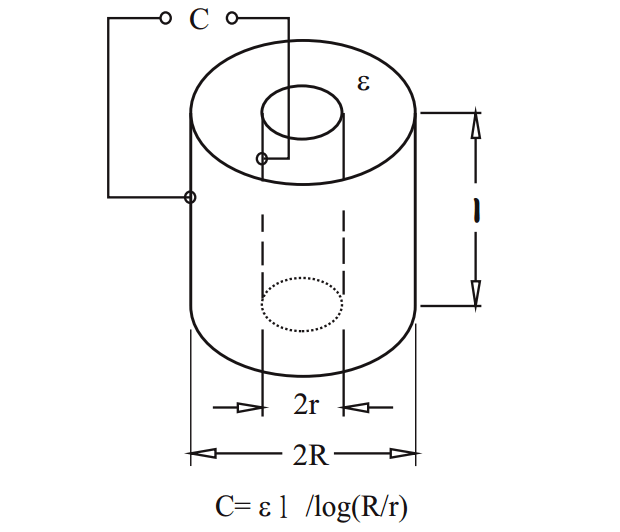
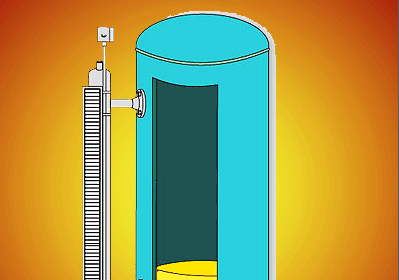
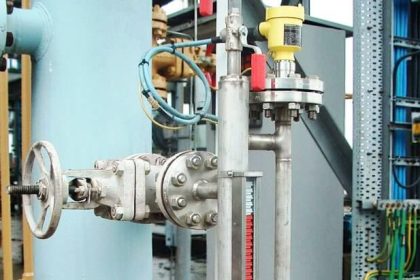
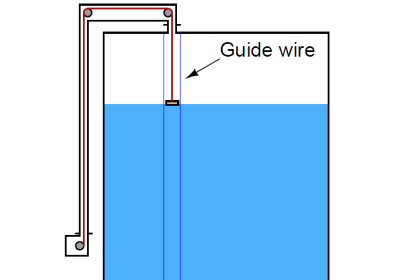

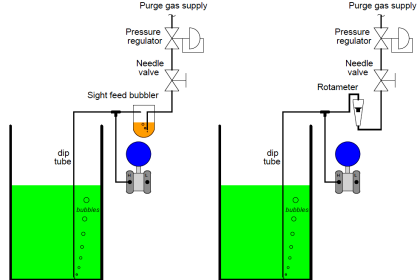
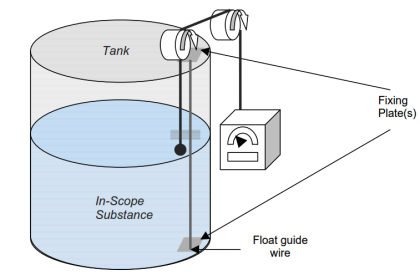
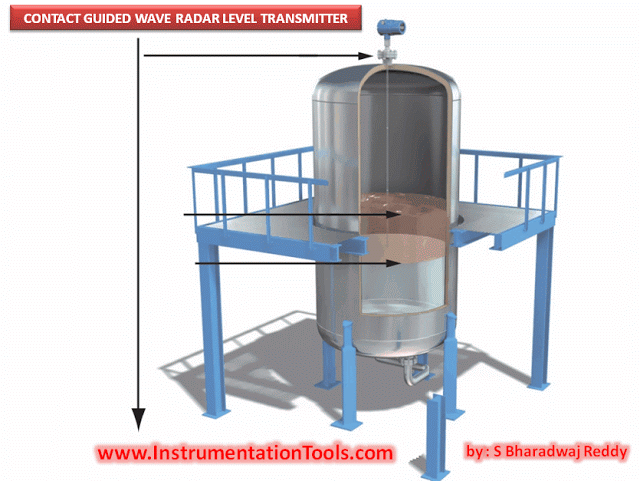
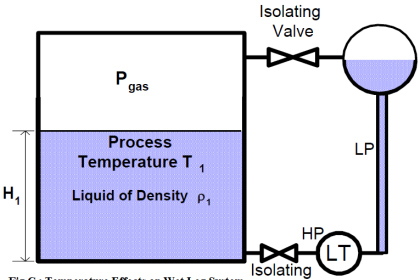

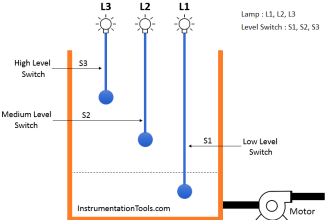
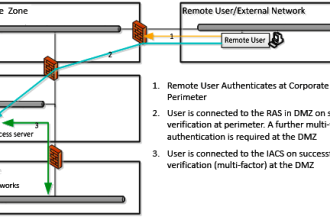
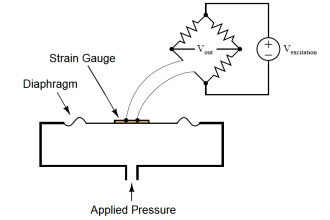
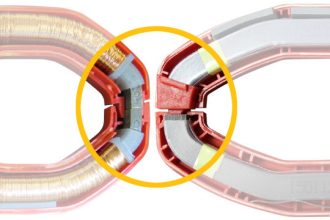


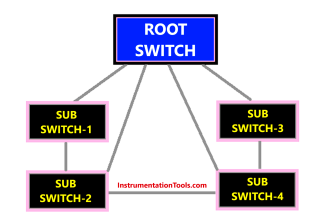

I have wonderfull used capacitance transmitter so munch knowledge.